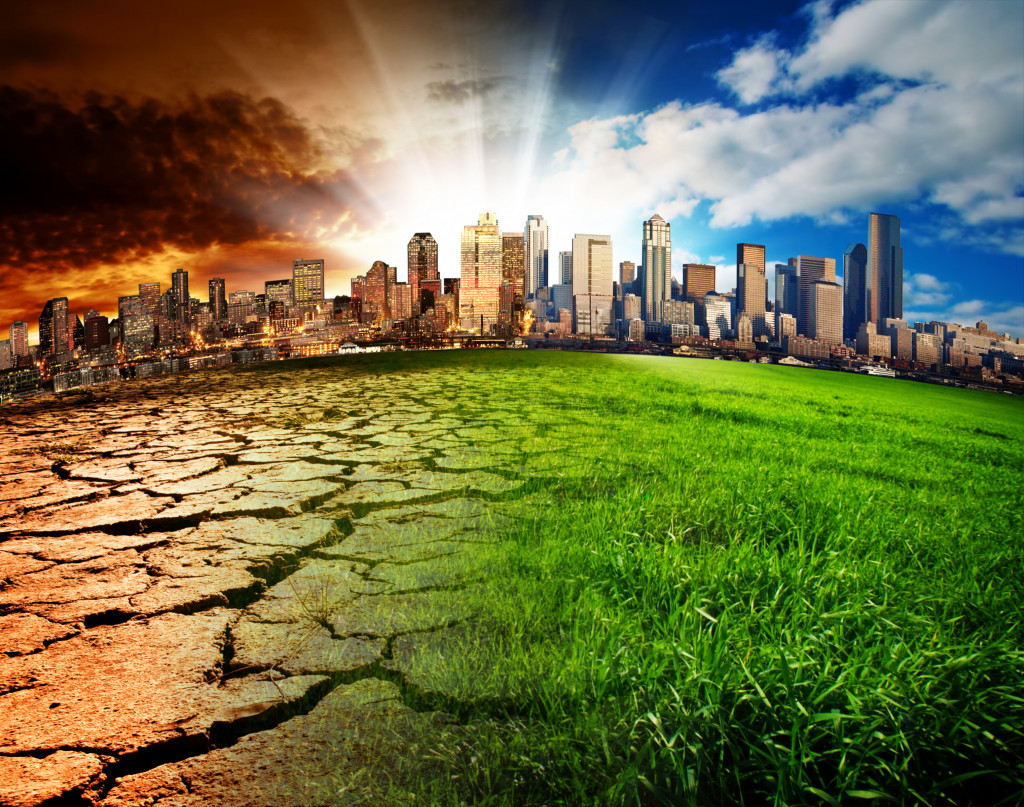• Global warming is caused by rising levels of carbon dioxide and other greenhouse gases in our atmosphere, trapping energy from the sun and keeping it near Earth’s surface.
• Human activities like burning fossil fuels or cutting down forests contribute to global warming, releasing additional amounts of CO2 into the air.
• Switching to clean energy sources like solar, wind, or hydropower can reduce carbon emissions and help stabilize global temperatures.
• Making sustainable choices like eating organic, locally sourced food and wearing sustainable fabrics can also reduce global warming.
Global warming is a pressing issue that affects us all. Simply put, global warming is caused by rising levels of carbon dioxide and other greenhouse gases in our atmosphere. As more of these gases are released into the air, they absorb more heat from the sun, increasing global temperatures. But what’s going on behind the scenes?
Greenhouse Gases and Heat Retention
Greenhouse gases are molecules that trap energy from the sun in Earth’s atmosphere. The most common greenhouse gas is carbon dioxide (CO2), released into the air by burning fossil fuels like oil, coal, and natural gas. Other forms of CO2 include methane (CH4) and nitrous oxide (N2O). These gases act like a blanket, absorbing energy from the sun and trapping it near Earth’s surface instead of allowing it to escape into space. This process is known as “the greenhouse effect.”

The Climate System
The climate system is composed of many components—ocean currents and solar radiation—which all interact to form climate patterns. If one part of this system changes, it can cause shifts in other regions, resulting in complex and unpredictable weather patterns.
For example, burning fossil fuels increases atmospheric CO2 levels, leading to higher temperatures worldwide as more heat gets trapped near Earth’s surface. However, that same heat can also melt polar ice caps or cause sea levels to rise due to thermal expansion—all of which contribute to even more extreme weather events such as droughts and floods.
Humans as Agents of Change
Humans are primarily responsible for increasing levels of CO2 in our atmosphere by burning fossil fuels for electricity or transportation purposes. When people burn these fuels, they release additional amounts of CO2, accumulating over time and leading to higher temperatures worldwide.
Additionally, land use practices such as deforestation can add extra CO2 into the atmosphere since trees naturally absorb large amounts of carbon dioxide while they grow. Reducing deforestation or changing how people produce energy can reduce their contribution to climate change and help keep global temperatures stable. Thankfully, humans can also be responsible for reducing carbon emissions. Here are ways to do that:

Using Electrical Vehicles
One of the newest inventions is electric vehicles, which are powered by electricity rather than the fuel. This drastically reduces carbon emissions and is a great way to reduce your impact on climate change. Furthermore, there are many electrical vehicle benefits you need to know about. First, you can reduce your car emissions by up to 90%. Second, you can save money on fuel costs. Finally, electric vehicles are much quieter than standard cars, reducing noise pollution in cities.
Using Renewable Energy Sources
Renewable energy sources such as solar, wind, and hydropower generate electricity without emitting carbon dioxide into the atmosphere. So by switching to clean energy sources, you can reduce your emissions while also reducing global warming. Furthermore, many countries are now offering tax credits and subsidies for renewable energy, so it’s worth looking into!
Making Sustainable Choices
People’s everyday choices impact the environment, from the food they eat to the clothes they wear. Eating organic, locally sourced foods reduces air pollution from transportation and can help reduce your carbon footprint.
Similarly, sustainable materials such as bamboo or hemp for clothing reduce water use and chemical pollutants from traditional fabrics. By making conscious decisions about our consumption habits, we can contribute to reducing global warming in a big way.
Raising Awareness
Raising awareness about global warming is one of the most important things people can do to fight climate change. In addition, educating others on the science behind global warming and ways they can reduce their contributions will help create a culture of sustainability and responsibility.
Global warming is a complex phenomenon that affects people worldwide—but understanding the science behind it doesn’t have to be complicated! By recognizing how greenhouse gases trap heat near Earth’s surface and how human activities like burning fossil fuels or cutting down forests contribute to its effects, you can take actionable steps towards fighting this growing problem today. With everyone doing their part at home or supporting organizations that focus on environment conservation initiatives, there is still hope for preserving our planet for future generations.

